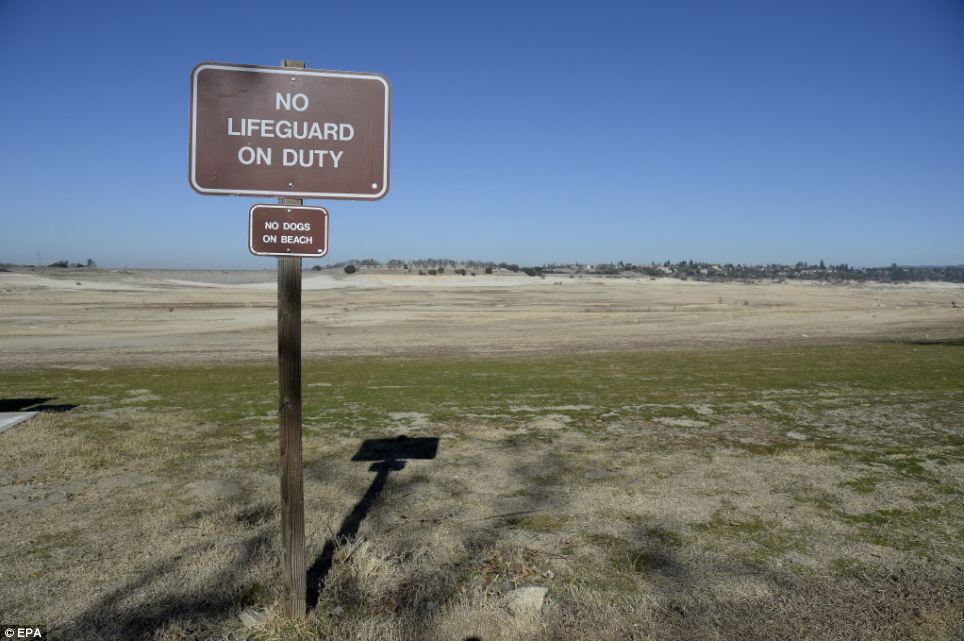
Which animals will cope with climate change droughts?
Which animals will cope with climate change droughts? JCU’s Dr Tasmin Rymer led a study that produced a template measuring several crucial factors, including an animal’s physiology and environment, to determine how it would handle a severe climate change drought.
Dr Rymer said scientists believe the current rate of climate change is unprecedented in Earth’s history and will lead to more and worse droughts in many areas.
“So we developed a theoretical framework that allows researchers to estimate the likelihood that a species will be able to cope,” she said. Which animals will cope with climate change droughts?
Dr Rymer said the “Adaptive Triquetra” model considers the primary driving stressors of droughts: temperature, limited water, and reduced food availability. Then it looks at how well an animal’s specific body system could mount a response, and the extent to which its traits are adaptable.
“We have provided a comprehensive suite of traits to consider when making predictions about species’ resilience to drought. It’s designed to help scientists assess the potential for a species or population to cope with increasing aridity,” she said.
Dr Rymer said the process is more complex than it sounds, with much work still needed to fully determine the characteristics of many species before the model can be applied to them.
She said the Adaptive Triquetra is still a conceptual framework in need of empirical testing, but held great promise for fine-tuning wildlife management.
“If you found a species was particularly vulnerable to water stress, such as in a drought, you might design a management plan that provides access to artificial water points. If you found a species was vulnerable to increased temperatures, you might provide subterranean shelters.”
Dr Rymer said in one example of where the model would have been useful, managers of a reserve in South Africa assumed their animals were suffering from lack of water during a drought, but in fact they had denuded the vegetation around their few artificially-built water holes and the animals were starving.
“If they had dropped fences and spaced water sources widely apart, this would have promoted movement and foraging over a wider area. Our model may have suggested this course of action if it had been in use,” said Dr Rymer.
“Knowing which species are at risk and what stressors have the greatest impact allows for more effective management strategies to be put into place.”













